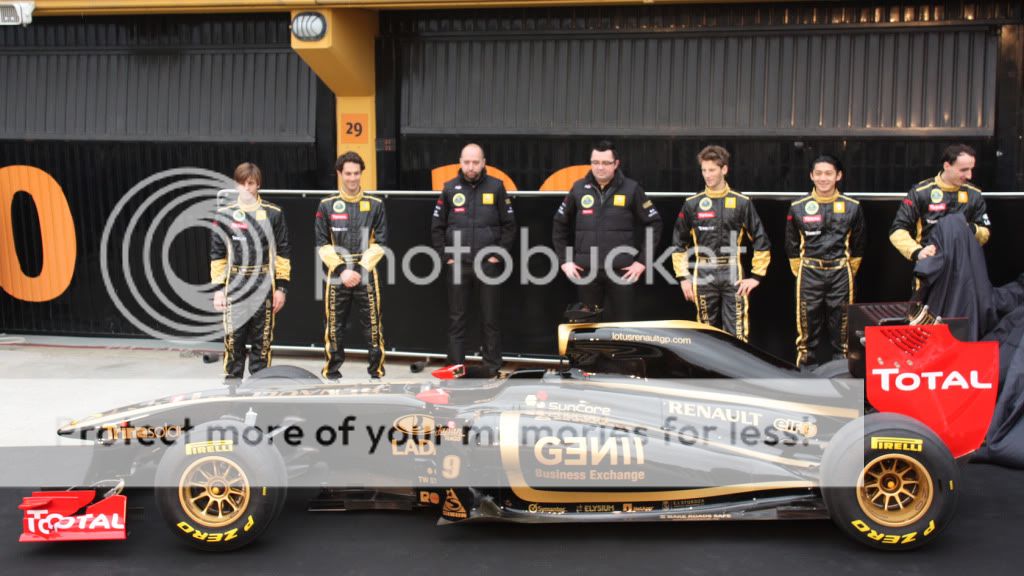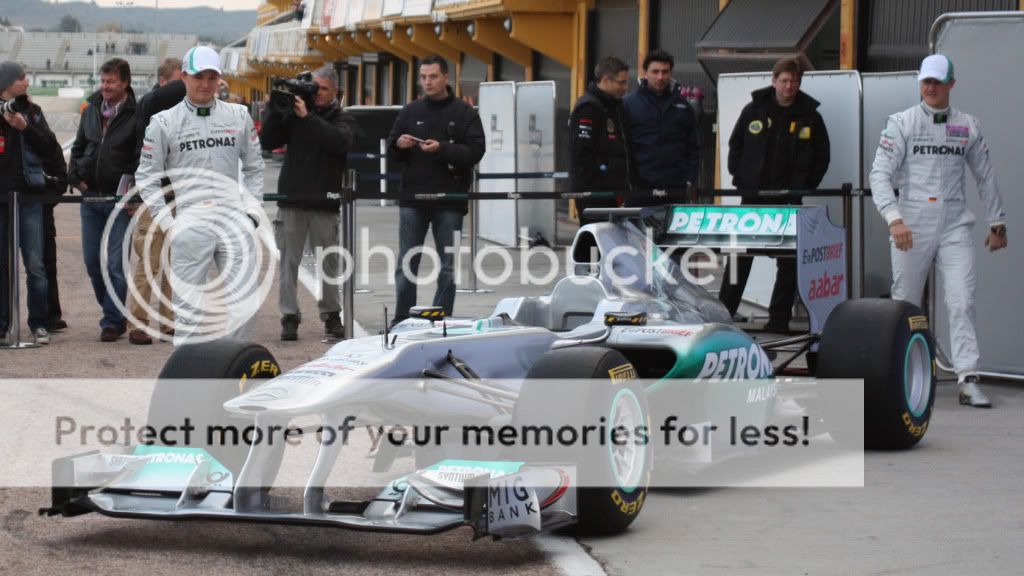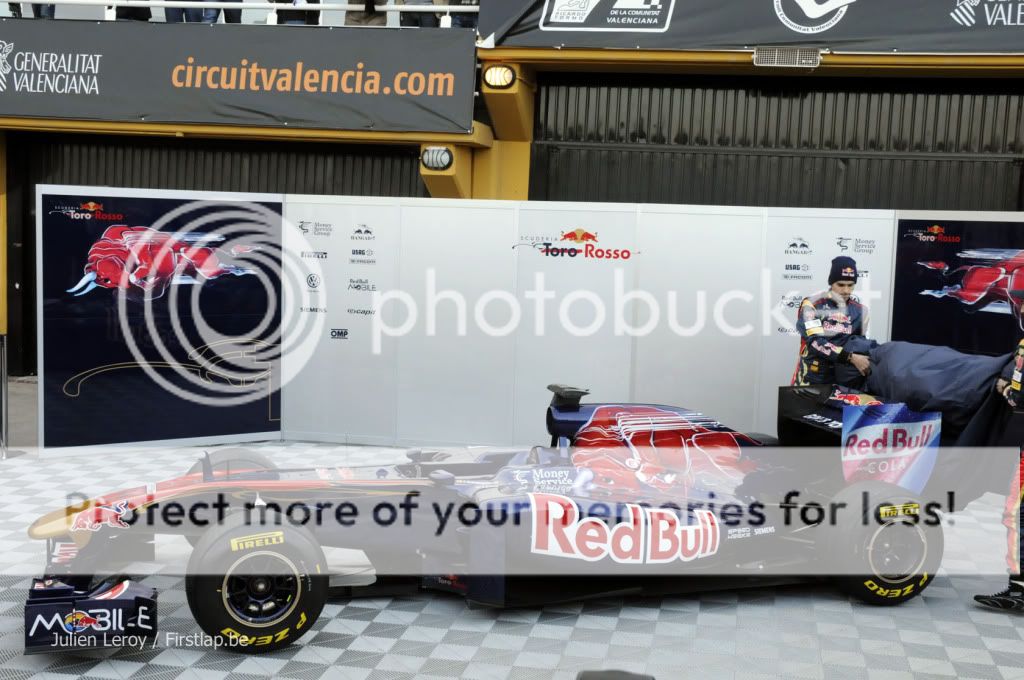Perhaps not. There is mostly only bodywork here for the hot air to pass over, rather than the rather important suspension parts that caused so many problems last year with the teams trying to retrospectively incorporate the EBD.
And I understand that they may also be doing clever things with those flanges at the base of the sidepods to further channel the air round towards the rear diffuser to get even more benefit.
There's a bit more to it than that though. I've attempted to illustrate the main hurdles as i see them...
Firstly you do not want heat spreading into the car body, fluids/hydraulics, mechanisms and delicacies. All the heat will need to be entirely contained in the pipes with thermal protection and will need to travel much further through the car to get the air where you want it... which leads to point two, gas flow and heat.
To achieve a down-force advantage from this, you need the gas as hot (thin/low pressure) as possible, so as much heat as you can retain the better, but also, you need to get rid of the exhaust as freely and easily as possible, ie, the lowest restriction possible since this is directly linked to how many ponies you'll reap from the engine.
Corners = restriction and
Enstone Lotus Renault not only need to turn the exhaust through 180deg, twice, their exhaust gas will need to travel at least twice as far as traditional exits, bringing further restriction. All these hurdles need to be overcome to make this a gain. Its not that the potential isn't there, but it will take a lot to make this truly work. Certainly the most exciting innovation we know about thus far...
There is another theory that could be explored ; Which is whether the under floor exits could actually be used as venturis and positively draw the exhaust out of the engine. The tuning/timing etc would need to be matched, but in theory you could produce an effect similar but opposite to ram-air, actually improving the flow through the exhausts, raising hp in the same breath!










